Peaceful fish aren’t always peaceful. In many community tank setups, small “friendly” species become aggressive fish under stress: wrong ratios, cramped layouts, or overactive tankmates. This guide exposes the 7 tiny bullies and shows how to restore harmony without chemicals.
What’s Really Going On? (The Science)
Aquarium aggression among “peaceful” species usually isn’t about “mean fish.” It’s about social stress, competition, and environmental triggers. In small systems, fish establish hierarchies fast. Overactive species can over-stimulate calmer fish, while chasing (courtship or dominance) elevates stress hormones. Add poor scape design—no line-of-sight breaks, shallow planting, single feeding spot—and your calm community turns into a tug-of-war.
- Sex-driven chasing (esp. livebearers): Males harass, females and subordinates hide, social dynamics shift, and stress rises.
- High-activity schooling fish: Constant dashing overstimulates slow or long-finned species; they can’t rest, eat, or heal.
- Botic design errors: One big open “arena,” bright light, and single food drop = conflict hotspots. Enrichment and refuges reduce contact time and cortisol.
The 7 “Peaceful” Fish That Cause Chaos
1) Guppies & Endlers (The Relentless Chasers)
Problem: Males display and chase, especially in skewed sex ratios. In small tanks, this looks like nonstop bullying. Shrimp and very small fish get outcompeted at feeding and stressed by drive-by flashes.
Fix: Use female-heavy ratios (1:2–1:3 male:female), dense planting at mid/top, floating plants to diffuse line-of-sight, and micro-dosed feeding across multiple spots. If you keep shrimp, add moss forests and leaf litter “micro-refuges.”
2) Serpae Tetra (The Fin-Nip Crew)
Problem: In small or understocked groups, serpaes redirect energy into nipping—especially at slow, long-finned neighbors. During feeding, the energy peaks.
Fix: Keep larger shoals (10–12+), give a long tank footprint, and offer distributed feeding (two or three feeding spots/rings). Avoid slow, flowy-finned tankmates; pair with similarly active fish.
3) Dwarf Gourami (Top-Zone Dominators)
Problem: Male gouramis can become territorial near the surface, guarding preferred corners, nests, or floating plants—leading to stalking and blocking behavior.
Fix: In small tanks, favor single male setups or a female pair. Break sightlines with tall stems and floaters; avoid other surface-claimers. Provide calm “air-breath” lanes free of chasing.
4) Zebra Danio (The Energy Tsunami)
Problem: Hyper-active schooling behavior overstimulates slow or shy fish. Continuous motion can suppress feeding and recovery in less active species.
Fix: Keep large, even schools (8–12+), use long tanks with flow lanes, and pair with similarly energetic mid-column swimmers. Avoid mixing with long-finned bettas/angels in tight setups.
5) Platies (The Smiling Bullies)
Problem: With limited space or imbalanced sex ratios, platies can chase subordinates away from food and shelter; breeding activity spikes pressure in community tanks.
Fix: Increase horizontal space, keep female-heavy ratios, add mid-level thickets, and feed in multiple locations. Cull or rehome excess fry to reduce resource pressure.
6) Cherry Barbs (The Gentle… Until Breeding)
Problem: Usually calm, but males can intensify chasing and guarding during courtship/spawning. Shy tankmates suffer when cover is scarce.
Fix: Provide seasonal cover (fine-leaf plants, yarn mops), ensure balanced sex ratios, and increase refuge density during breeding phases.
7) The Betta Paradox (Beauty with Boundaries)
Problem: Bettas vary widely. Some ignore neighbors; others strike at color/flow cues (guppies, fancy tetras). Slow, long-finned fish get targeted; active danios stress bettas.
Fix: In communities, use strict compatibility tests in larger, heavily planted tanks, or keep bettas solo with hand-picked tankmates like small, peaceful bottom dwellers. Avoid danios and nippy tetras.
How to Stop Tank Bullying Naturally (Step-by-Step)
- Re-balance ratios: For livebearers, run 1 male to 2–3 females. For schooling fish, increase group size (8–12+).
- Break sightlines: Add tall stems, floaters, and branching hardscape to create micro-territories and rest pockets.
- Create lanes: In long tanks, shape flow so active fish loop without crossing resting zones.
- Distribute feeding: Feed small portions in 2–3 spots to reduce pile-ups and chasing.
- Upgrade enrichment: Add leaf litter, botanicals, caves, and plant thickets; rotate elements monthly to reset dominance.
- Right-size tankmates: Pair energy with energy, and flowy fins with calm neighbors; avoid known nippers with slow species.
- Stabilize routine: Keep lighting, feeding, and maintenance predictable; avoid total filter over-cleaning (preserve biofilm).
Pro Tips (Fast Wins)
- Floaters = peacekeeper: They diffuse light, cut sightlines, and calm surface bullies.
- Food scatter: Two feeding rings stop rush-hour collisions.
- Plant density: A “messy middle” (stems + moss) protects shrimp and fry from micro-chasing.
- Weekend blackout: 24–36h light-out (plants ok) after rescapes helps reset territories.
- Behavioral quarantine: Observe new fish 7–10 days to identify chasers before community release.
Watch the Full Breakdown
Prefer video? See real examples, stocking ratios, and layout fixes here: 7 Peaceful Tiny Fish You’ll Regret Having (Bullying Secrets Exposed).
Internal Links & Next Steps
New to stocking harmony? Start with our beginner roadmap: First Aquarium Setup – Beginner Guide.
Search our site for aggression fixes and compatibility tips: site search: aggression.
FAQ (People Also Ask)
Why do my “peaceful” fish suddenly fight in a community tank?
Because “peaceful” is context-dependent. Crowding, skewed sex ratios, breeding season, single feeding point, or open sightlines push fish into constant contact. Fix the context: add cover, re-balance ratios, feed in multiple spots, and match energy levels.
Are serpae tetras always fin nippers?
No, but they’re prone to nipping in small groups and tight tanks. Keep larger shoals (10–12+), add length, and avoid slow, long-finned tankmates. Distributed feeding reduces peak-time nips.
Can dwarf gouramis live in a peaceful community?
Yes—with planning. Use one male per small tank, create surface refuges with floaters, and avoid other surface-territorial fish. In bigger, heavily planted systems, carefully selected calm tankmates work well.
Why are my danios stressing my betta?
Danios’ speed and flashing trigger reactive strikes; bettas also dislike constant traffic near their air-breathing lane. Don’t pair in small tanks. If you must, go big, add dense planting, and create separate lanes.
Do livebearers bully shrimp?
They don’t “hunt” like predators, but they outcompete and constantly investigate, which stresses shrimp. Use moss forests, leaf litter, and microfoods that sink into cover so shrimp can graze in peace.
Scientific References
- Darden SK et al. Male harassment & habitat use in guppies (Poecilia reticulata). Biol. Lett. & PMC
- Golla A et al. Chronic unpredictable stress alters behavior/physiology in zebrafish. Sci Rep (Nature)
- Wiley Meta-analysis: Environmental enrichment reduces stress responses in fishes. Fish and Fisheries
- Frontiers (2025): Enrichment improves welfare in guppies via water-borne cortisol & behavior. Frontiers in Fish Science
Subscribe & Keep Learning
Want more science-backed, no-fluff aquarium guides? Subscribe to FishTank Mastery and watch the next lessons in our aggression & compatibility series.
Continue Learning: Creating True Peace in Your Community Tank
Even after identifying the hidden bullies, maintaining long-term harmony in a community fish tank requires a bit more science and planning. Many aquarists think aggression only comes from “mean” species, but as we’ve seen, even peaceful fish that secretly cause problems can disrupt the balance. To understand how these small misunderstandings between species develop, check out our deep dive — Regret Buying These 7 Peaceful Fish (Why They Cause Trouble). You’ll learn how subtle behaviors turn into dominance battles and how to prevent them before they start.
If you want to go even deeper into behavioral patterns, you’ll love our guide on 5 Peaceful Fish That Secretly Cause Big Problems. It reveals how schooling behavior, feeding competition, and tank design can make even friendly species turn aggressive. These insights are perfect for anyone struggling to understand why peaceful fish keep fighting despite a calm setup.
Once you’ve identified which species to avoid, it’s time to focus on the ones that actually live peacefully together. Explore our curated list of Top 7 Schooling Fish for Freshwater Aquariums (Peaceful & Colorful) — a must-read for aquarists building vibrant yet balanced tanks. You’ll also find inspiration for safe combinations in 7 Best Community Fish That Live Peacefully Together, where every recommendation supports natural compatibility and low aggression levels.
Still setting up your first tank or want to redesign your aquascape for maximum harmony? Don’t miss our step-by-step guide — How to Build a Peaceful Community Fish Tank? Beginner’s Setup Guide. It walks you through stocking ratios, planting zones, and environmental enrichment methods that reduce stress and prevent future bullying. Combining the advice from this series ensures you’ll finally create a peaceful, thriving aquarium where every fish truly belongs.


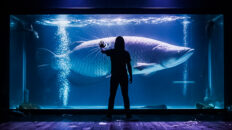

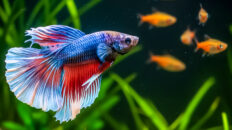
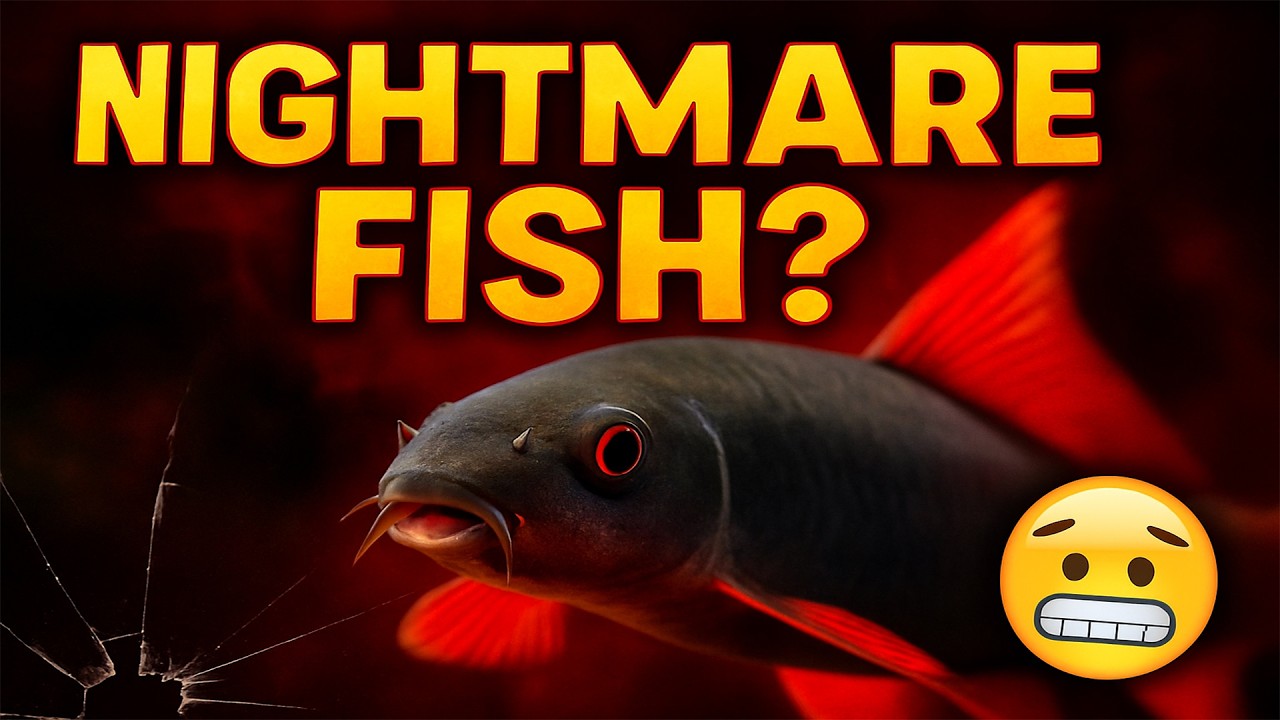

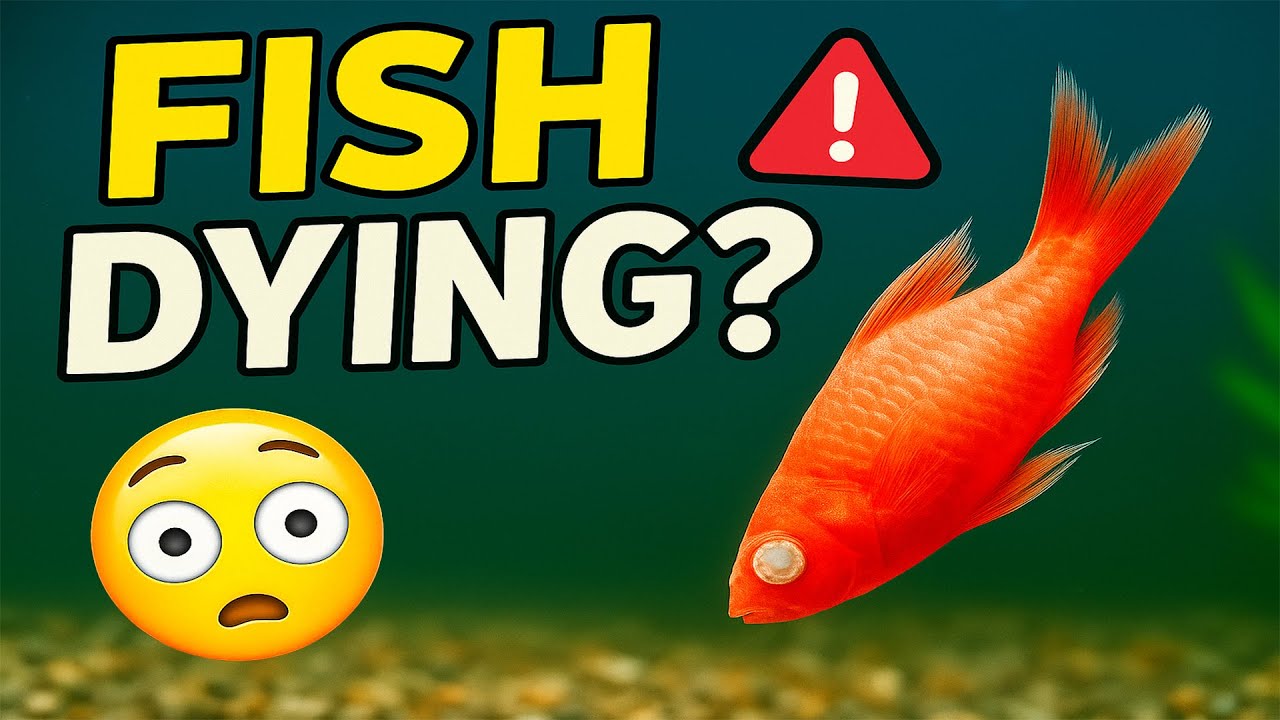
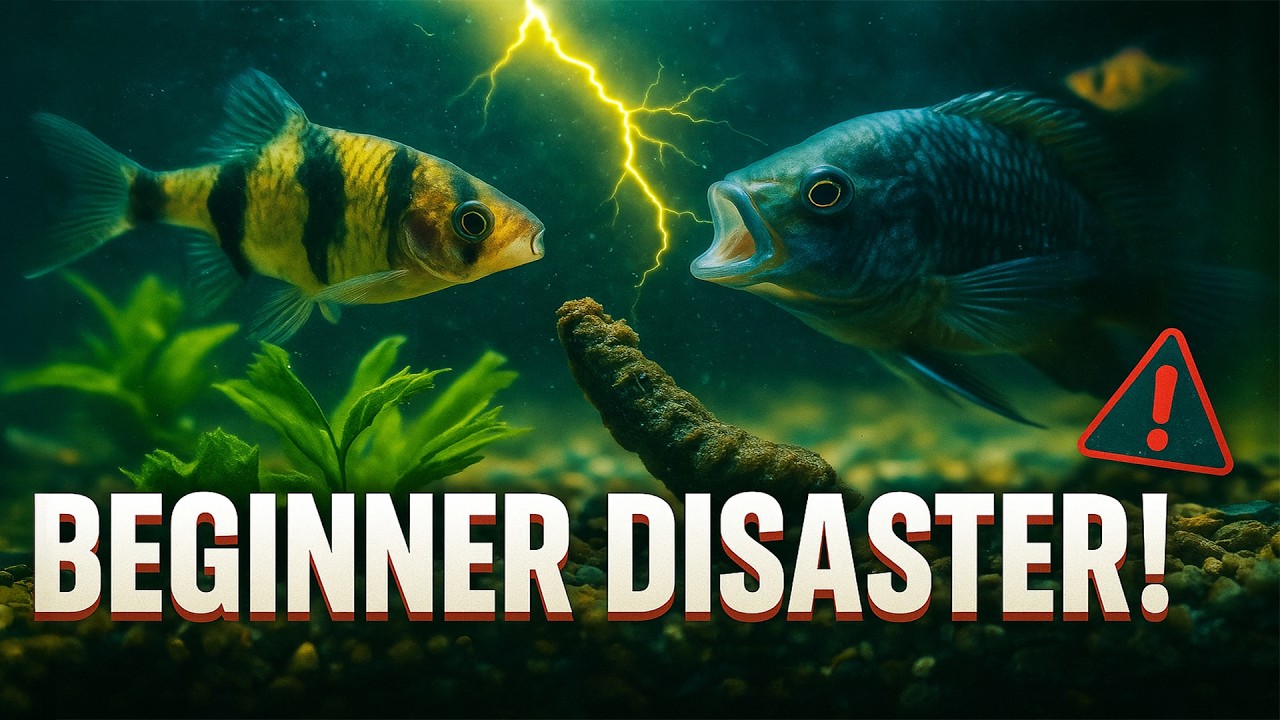

Add comment